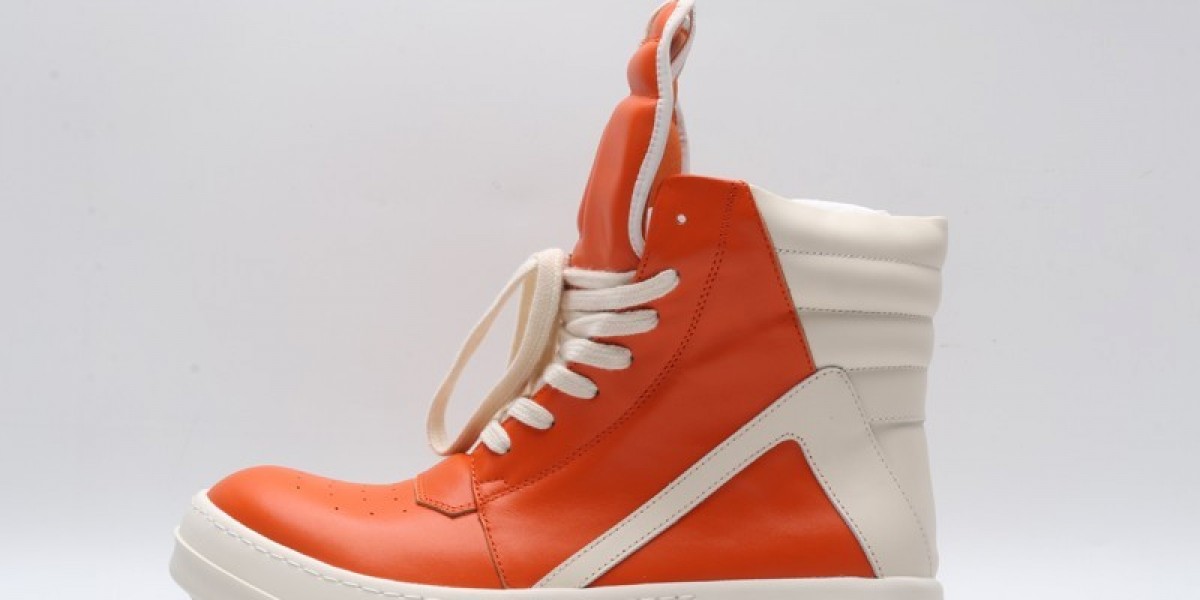Unlock the Secret to Finding the Perfect Tripod That Lasts a Lifetime!
When it comes to photography, having the right tools can make all the difference. A high-quality tripod made from durable materials is essential for capturing stunning images, whether you’re a professional photographer or an enthusiastic hobbyist. Investing in a good tripod can enhance your photography experience by providing stability and precision, allowing you to take sharp, well-composed shots in various conditions. On the other hand, opting for lower-quality tripods can lead to frustration, instability, and even damage to your camera gear. In this article, we will explore the importance of selecting the right tripod materials and features, ensuring that your investment lasts for years to come.

Understanding Tripod Materials
Tripods are constructed from a variety of materials, each offering unique benefits and drawbacks. The most common materials include aluminum, carbon fiber, and plastic. Aluminum tripods are popular for their affordability and decent durability, making them a great choice for beginners. However, they can be relatively heavy, which might be a drawback for those who prefer lightweight gear. Carbon fiber tripods, on the other hand, are renowned for their strength and lightweight properties, making them ideal for travel and outdoor photography. They tend to be more expensive but are often worth the investment due to their longevity and performance in various weather conditions. Lastly, plastic tripods are generally the least durable and can struggle under heavier loads, but they are lightweight and inexpensive. When choosing a tripod, consider your specific needs and how each material aligns with your photography style.
Key Features of a Durable Tripod
When selecting a tripod, it’s essential to look for key features that enhance its durability and usability. Stability is paramount; a good tripod should provide a solid base even on uneven terrain. Height adjustability is another crucial feature, allowing you to shoot from various angles and heights without compromising stability. Additionally, pay attention to the locking mechanisms. Quality tripods often have robust locks that secure the legs in place, preventing any unexpected movement. These features not only contribute to the tripod's longevity but also enhance your shooting experience. For instance, I once borrowed a friend's tripod that seemed sturdy but had flimsy locks. I quickly realized how frustrating it was to readjust the legs mid-shoot. In contrast, a well-constructed tripod with secure locks makes for a seamless shooting experience.
Identifying Quality Construction
Assessing the quality of a tripod is crucial before making a purchase. Start with a visual inspection to check for seams and joints. High-quality tripods will have smooth finishes and tight joins, indicating superior craftsmanship. Tactile feedback is equally important; when you handle the tripod, it should feel solid and well-built. Look for features like rubber feet for grip and a weight capacity that suits your camera gear. A friend of mine once bought a tripod that looked great but had poor joint construction. During a shoot, the leg suddenly collapsed, leading to a costly repair on his camera. By investing time in inspecting a tripod's build quality, you can avoid such mishaps and ensure a long-lasting equipment choice.
Maintenance Tips for Longevity
To ensure your tripod lasts a lifetime, regular maintenance is key. Start by cleaning your tripod after each use, especially if you've been shooting in dusty or wet conditions. Use a microfiber cloth to wipe down the legs and joints, ensuring no dirt or moisture accumulates. Proper storage is also essential; when not in use, keep your tripod in a protective case to prevent damage. Additionally, conduct regular checks for wear and tear. Inspect the locking mechanisms and legs for any signs of loosening or wear, as addressing these issues early can extend your tripod's lifespan significantly. By following these simple maintenance tips, you can keep your tripod in excellent condition, ready for your next photography adventure.
Final Thoughts on Tripod Durability
In conclusion, investing in a high-quality tripod made from durable materials is crucial for any photographer looking to enhance their craft. Understanding the different materials, key features, and quality construction will help you make an informed choice. Moreover, proper maintenance can significantly prolong the life of your tripod, ensuring that it remains a reliable tool for years to come. By prioritizing quality and durability in your tripod selection, you set yourself up for success in capturing stunning images that will last a lifetime.








